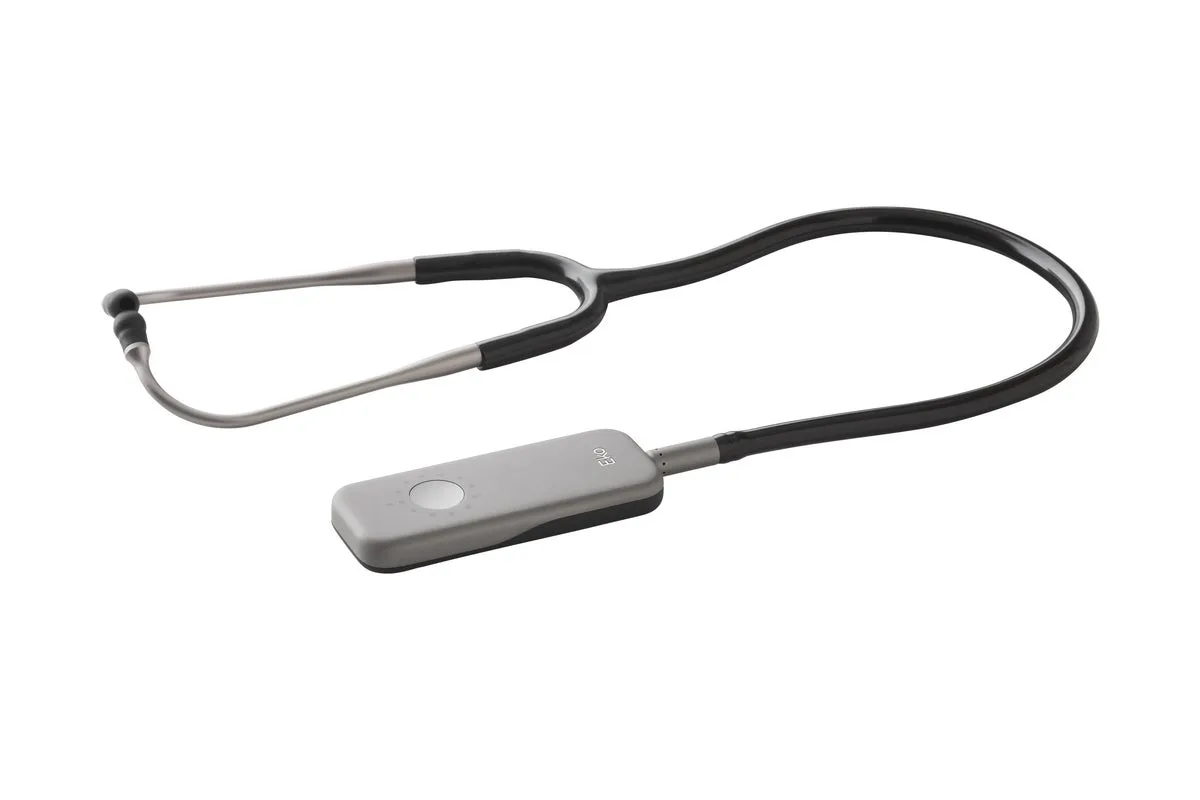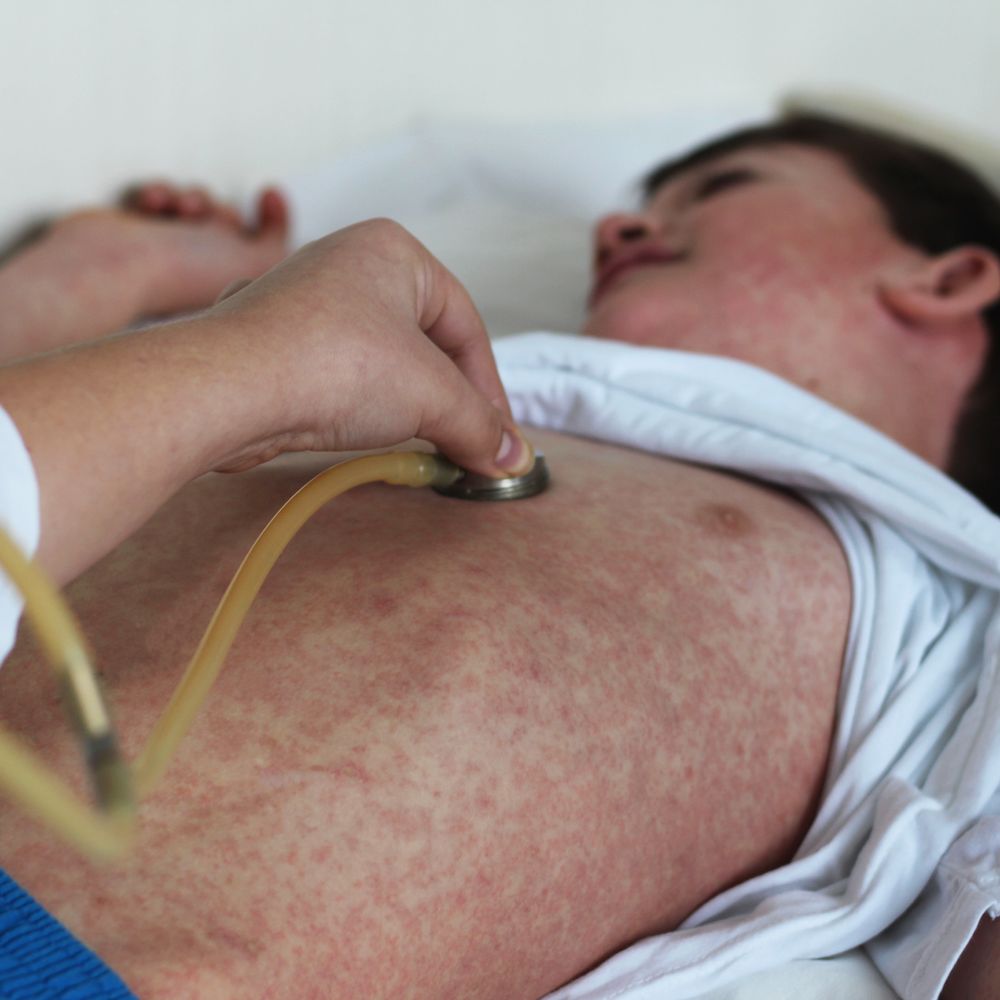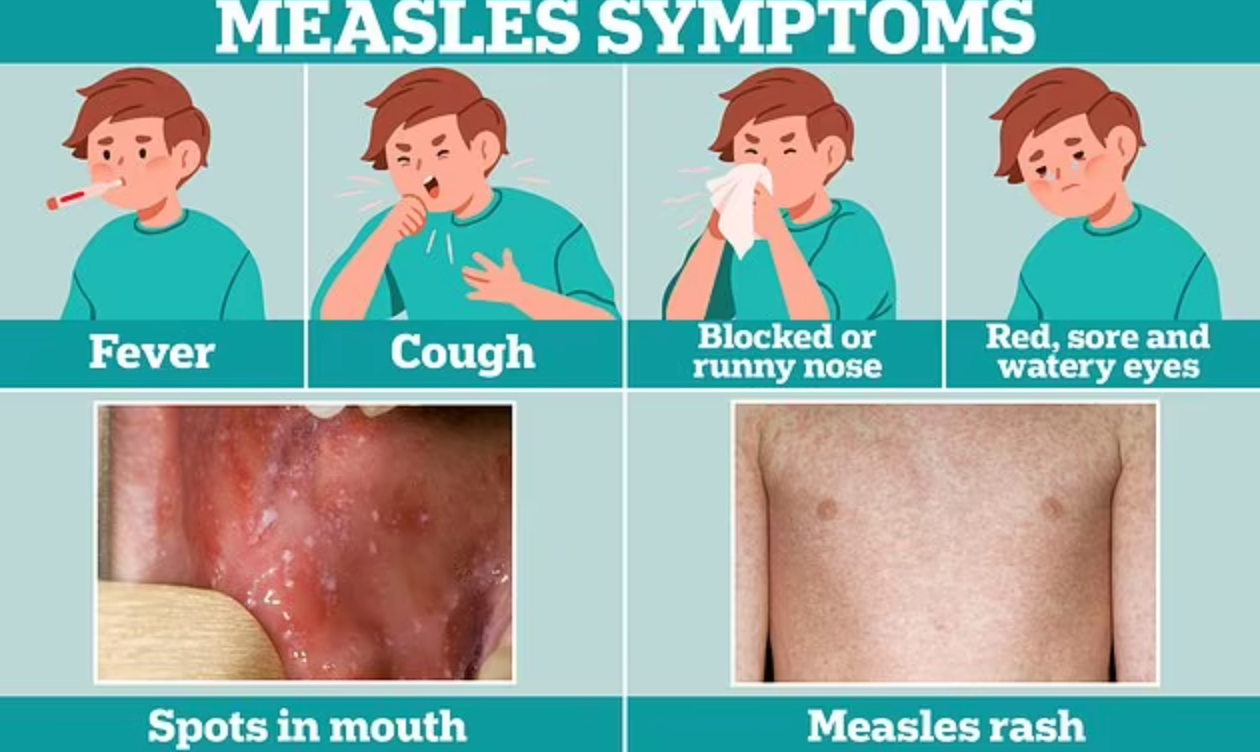Once you are over 50, diet for maintaining muscle mass is more challenging but not impossible, as long as you pay attention to your diet

The first to pay is almost always the muscle mass, also called lean mass, or the set of cells that make up the muscles, which if not intervened with time tends to decrease.
The consequence is often a body with which one may no longer feel completely at ease and, it is understood that it is essential to welcome with serenity every variation that the passage of time brings with it, it is equally important to be aware that to keep in the levels optimal muscle mass also means preserving general health.
To do this, however, once you are over 50 you need to pay more attention to your diet, making some small changes.
diet for maintaining muscle mass
How metabolism changes after age 50
The fateful 50 for women almost always coincides with the arrival of menopause and the consequent drop in estrogen, associated with an increase in cortisol. «This leads to a total change that can lead to an increase in cholesterol and blood pressure and to the redistribution of fat in the body, which accumulates especially in the abdominal area. – explains nutritionist Laura Coluccio – The decrease in estrogen also induces the stimulus of hunger and the desire for sugar, a condition that very often results in an increase in weight and fat mass and a reduction in muscle mass ».
Despite this scenario, due to hormones, it mainly affects women, men are not exempt from it over the years, and for this reason, if you want to keep your muscle mass at optimal levels it is essential for everyone to take cover.
The first rule: increase protein consumption
The proteins are the ‘ ally number one in muscle mass and become more and more with the passage of time.
Already after the age of 40, the World Health Organization recommends increasing the daily protein intake, and this is further validated in the following decade, in which it is suggested to consume approximately 0.8 to 1.2 grams per kilo of body weight. , obviously in the absence of further pathologies that indicate different portions.
The proteins that can best facilitate the maintenance of lean mass are those deriving from lean sources such as white meats, and therefore chicken, beef or turkey; fish; egg; light dairy products and legumes such as chickpeas, beans, lentils, and quinoa.
“Their intake must not be casual but divided over the course of the day because by doing so you do not overload the body but put it in a position to always have available protein sources to exploit”.
Ok to fats and carbohydrates but be careful to choose the right ones
The fats are often demonized but they should not be excluded completely from the diet, just eat them carefully and choose the good ones of plant origin, eg containing avocados, nuts, and olive oil.
Same thing for carbohydrates, which indeed are particularly suitable for maintaining muscle mass, especially if you play sports, which is essential for achieving this goal. However, the rule is always not to overdo it and to choose the right sources. “Often people who have reached the age of 50 see themselves slightly fattened and go on a diet but almost always, despite reducing their calorie intake, they tend to unbalance their diet in favor of carbohydrates”, continues the expert, who suggests instead of balancing meals as much as possible.
The ideal sources of carbohydrates for maintaining muscle mass are those rich in fiber such as grains and fruits. It would be better to avoid simple sugars instead.
Finally, to gain muscle mass it is also important to take mineral salts and B vitamins.
In addition to diet, sport is also needed
To achieve this goal, however, nutrition alone is not enough, but must be supported by constant moderate physical activity.
Walking is a great start but for meaningful results, it would be better to choose slightly more demanding activities such as a light jog, some stationary bike, or yoga if you are able to do so. The best time of day to practice them is in the morning, while it is not recommended in the evening because physical activity involves an increase in cortisol which could make it difficult to fall asleep.
Finally, also in this case pay attention to post-workout food. “Whether it is a real meal or a snack, it must always be a combination of carbohydrates and proteins because with physical activity there is a peak in muscle glycogen and protein synthesis so the body needs both of these nutrients », concludes Laura Coluccio.




